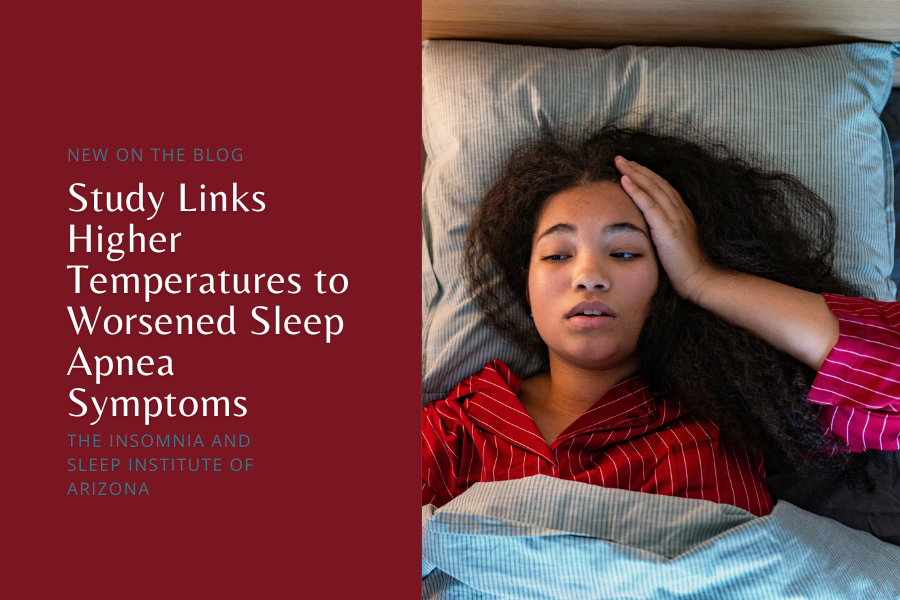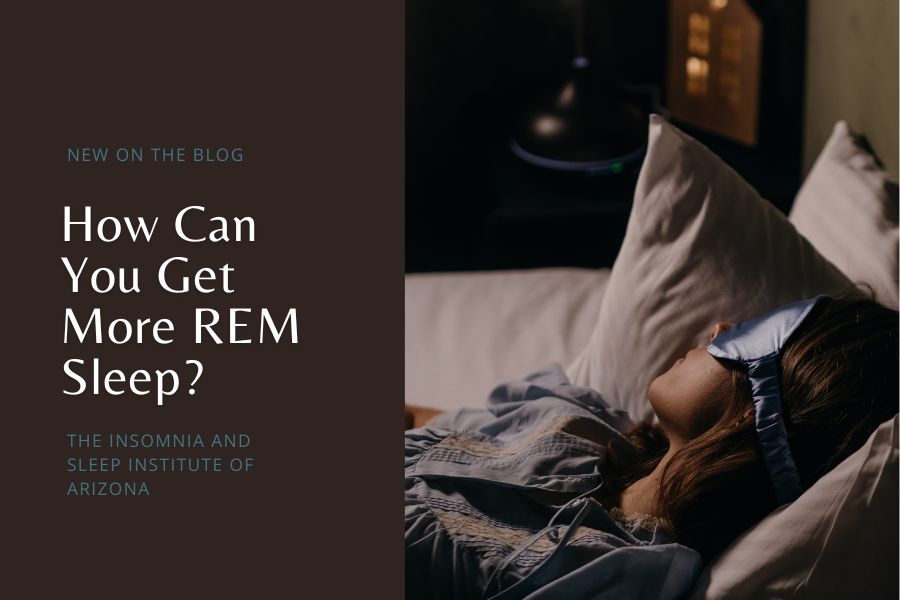Insomnia is a common problem that affects 10-20%[1] of people worldwide at any given time (though the total proportion of the world that has ever suffered from insomnia is much higher). Lack of sleep due to insomnia can lead to a myriad of health issues ranging from fatigue and irritability to more severe conditions like anxiety and depression. Over the years, various treatment modalities have been developed to address insomnia, with the most effective treatment being Cognitive Behavioral Therapy for Insomnia (CBT-I). CBT-I is a structured, evidence-based therapeutic approach that aims to address the thoughts, behaviors, and emotions associated with insomnia. Unlike medications that may provide temporary relief, CBT-I focuses on long-term solutions by targeting the underlying causes of sleep disturbances.
In this blog post, we will explore the effectiveness of CBT-I in treating insomnia and highlight the importance of undergoing a sleep study for accurate diagnosis.
Effectiveness of CBT-I
Research consistently supports the efficacy of CBT-I in treating insomnia. Numerous studies have demonstrated its effectiveness in improving sleep onset latency, total sleep time, and overall sleep quality. Unlike medications, CBT-I produces enduring results, with benefits that extend beyond the treatment period. Here are a few research-based statistics:
- CBT-I is as effective as sleep-inducing drugs in the short term (up to 3 months)[2,3]
- CBT-I is more effective than drugs in the long term (more than 3 months)[3]
- Time from lying down to the onset of sleep is reduced by an average of 50% (e.g. from 60 minutes to 30 minutes)[3]
- 45% of patients treated with CBT-I are able to increase their total nightly sleep time significantly by the end of the treatment period[3]
- The average increase in total sleep time 24 months after initiating treatment is 50 minutes.[3]
One notable advantage of CBT-I is its low risk of adverse effects. While sleep medications may lead to dependency and carry the risk of side effects, CBT-I focuses on behavioral and cognitive interventions, making it a safer and more sustainable option for the long-term management of insomnia.
CBT-I vs. Medications:
Medications can provide quick relief for acute insomnia, but they often come with drawbacks such as dependency, tolerance, and potential side effects. CBT-I, on the other hand, addresses the root causes of insomnia and equips individuals with skills and strategies for maintaining healthy sleep patterns in the long run. Thus, CBT-I is generally preferred to medication in most cases.
Combining CBT-I with Sleep Studies:
While CBT-I is a powerful tool for managing insomnia, its effectiveness relies on an accurate diagnosis of the underlying sleep disorder. This is where the integration of sleep studies becomes crucial. Individuals who undergo CBT-I without addressing potential sleep disorders may find limited success, as the root cause of their sleep difficulties remains unexplored.
For example, someone experiencing symptoms of insomnia might actually be suffering from sleep apnea—a condition where breathing repeatedly stops and starts during sleep. Without addressing the respiratory issues associated with sleep apnea, CBT-I alone may not provide the desired outcomes.
The Insomnia and Sleep Institute of Arizona provides comprehensive sleep testing services at its clinics in Phoenix, Scottsdale, and Gilbert, Arizona.
A brief overview of the CBT-I approach
CBT-I treatment typically involves several components:
1. Sleep Hygiene Education
CBT-I begins with education about healthy sleep habits, often referred to as sleep hygiene. This includes promoting a consistent sleep schedule, creating a comfortable sleep environment, and avoiding stimulants like caffeine close to bedtime.
2. Cognitive Restructuring
Individuals undergoing CBT-I work with therapists to identify and change negative thoughts and beliefs about sleep. This process, known as cognitive restructuring, helps challenge and modify unhelpful beliefs that contribute to insomnia.
3. Stimulus Control
Stimulus control techniques are designed to associate the bedroom with sleep rather than wakefulness. This involves limiting activities in bed to sleep and intimate activities and avoiding stimulating activities like watching TV or working in bed.
4. Sleep Restriction
Sleep restriction aims to improve sleep efficiency by initially limiting the time spent in bed to the actual amount of time an individual is sleeping. As sleep improves, the allotted time in bed gradually increases.
5. Relaxation Techniques
Incorporating relaxation techniques, such as progressive muscle relaxation and deep breathing exercises, can help individuals manage anxiety and stress that may contribute to insomnia.
Conclusion
Cognitive Behavioral Therapy for Insomnia (CBT-I) stands out as a highly effective and sustainable treatment for individuals struggling with sleep disturbances. However, the success of CBT-I is contingent on accurate diagnosis, and this is where sleep studies play a critical role. People experiencing sleep difficulties should consider undergoing a sleep study at a specialized testing center to identify and address any underlying sleep disorders.
In the holistic approach to managing insomnia, the synergy between CBT-I and sleep studies can offer individuals a comprehensive solution—one that not only addresses the symptoms but also targets the root causes of sleep disturbances. By understanding the intricate relationship between behavioral interventions and accurate diagnosis, individuals can embark on a journey toward restorative and rejuvenating sleep.
Sources
- Bhaskar S, Hemavathy D, Prasad S. Prevalence of chronic insomnia in adult patients and its correlation with medical comorbidities. J Family Med Prim Care. 2016 Oct-Dec;5(4):780-784.
- Smith, M. T., Perlis, M. L., Park, A., Smith, M. S., Pennington, J., Giles, D. E., & Buysse, D. J. (2002). Comparative meta-analysis of pharmacotherapy and behavior therapy for persistent insomnia. American Journal of Psychiatry, 159(1), 5-11.
- Muench, A., Vargas, I., Grandner, M. A., Ellis, J. G., Posner, D., Bastien, C. H., … & Perlis, M. L. (2022). We know CBT-I works, now what?. Faculty reviews, 11.








